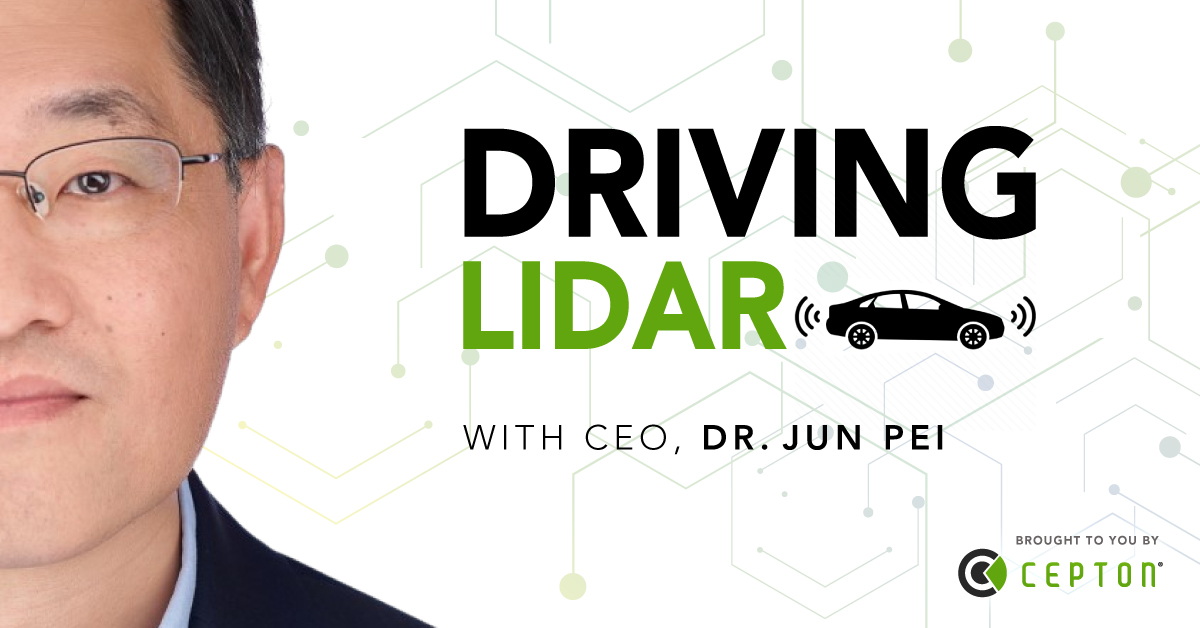Last time out, I was exploring the question on whether safety should be compromised for convenience. In laying out my reasons for saying that it should not, I got onto talking about some high-profile comments made by Mr. Elon Musk, the Tesla CEO.
A few years ago, he was pontificating on technology to use in advanced driver assistance systems (ADAS). The context was that many commentators were arguing over the difference between camera and lidar, with some suggesting lidar would be safer and therefore a better option. Musk’s view, at the time, was that he was not considering adding lidar to Tesla’s Autopilot, because it was too expensive.
So, is it?
Well, he was not all wrong. Lidar used to be quite expensive, just like many other technologies before they scale. You may have seen the rotating lidars on top of demonstration cars – they cost tens of thousands of dollars when first deployed on top of autonomous vehicles.
But this view needs change as the automotive industry evolves.

Lidar companies are working closely with leading automakers on driving lidar cost down to just three digits. The same year Musk made his comment, Cepton secured a significant ADAS lidar series production award with Koito on the General Motors business. Of course, engagement started way before that, which means OEMs had already started working with lidar innovators on making lidar affordable. Other lidar companies such as Luminar and Innoviz have also announced series production awards from leading OEMs. Across the board, costs are dropping.
When I founded Cepton in 2016, our team’s goal was precisely to make lidar a scalable technology. With continuous innovations, with iterations after interactions driven by real OEM requirements, we are making big strides towards bringing lidar into everyday passenger cars, not just the luxury class.
The addressable market for lidar is expected to grow to $59 billion by2030, of which $50 billion is in ADAS applications. This means high-performance, safe, and affordable lidar is expected to be deployed at a large scale in consumer vehicles.
With that projected volume, we expect lidar cost to be further driven down. There will be a rolling cycle of improvements in performance, increase in reliability and cost reduction, and it will be driven by scale.
Mass-market adoption of lidar will bring another key benefit that will help shape up the future of autonomous mobility. Research has suggested that as drivers start to build trust in ADAS, they will be more prepared for autonomous vehicles. The key to building consumer trust is making the current ADAS safer, on top of offering comfort and convenience.
To address Autopilot’s limitations, Musk said last year: “You don't have to be the world's best driver to be on the road." I agree that there never will be a perfect,100% error-proof ADAS or FSD platform, but knowing exactly how we can improve the existing ones, I cannot agree with his position. You don’t have to be the world’s best driver to be on the road, but you should always do your best to avoid the avoidable, otherwise you could risk your life or that of those around you.
To close, or even reduce, the safety gap between the real world and autonomous driving technology requires constant development – reliable systems that continue to improve via software and even hardware updates. This will take at least a decade, maybe more.
Maybe consumers will always be more drawn to improvements in convenience than safety, but it is safety that should always remain at the core of autonomy.









